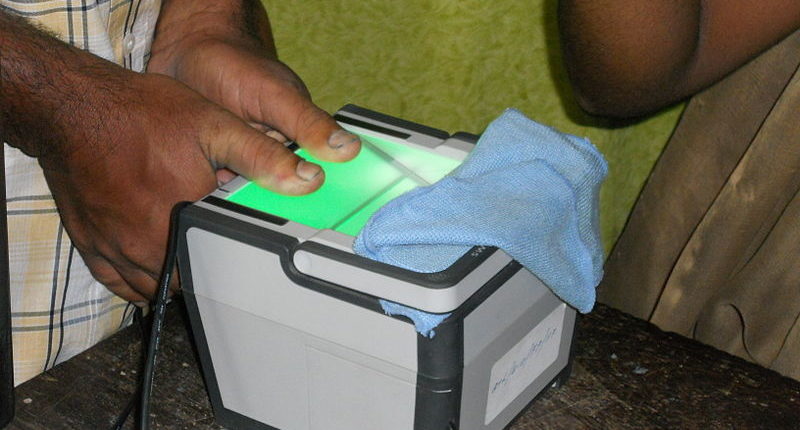Supreme Court’s recent verdict on Aadhaar (12-digit unique identification numbers) that banned private firms from availing info from the biometric database has left India’s fin-tech industry in a dilemma.
It impacted the banking and the fin-tech sector as Aadhaar had opened windows to rural and semi-urban markets at reduced costs. A cost-effective and feasible alternative is the need of the hour for the fin-tech firms.
The Unique Identification Authority of India (UIDAI) is the regulatory body that handles Aadhaar as well as the offline citizen records. UIDAI recommends that a company seeking to access Aadhaar data must download either the XML format or the new QR codes from the UIDAI portal; this ensures absolute data and privacy protection.
The fin-tech sector is not keen on this proposed method as it has multiple steps including getting an OTP via SMS and enabling numerous permissions, downloading the XML file and then using it as an ID. It is highly unlikely that customers will opt for this when they can upload any other ID card instead of Aadhaar.
Limited internet bandwidth, especially in remote areas, is another concern raised by the industry experts as the process will make for bad user experience. Also, mobile numbers in use and the one registered for Aadhaar do not match as people change their numbers frequently.
It will be a herculean task to onboard people from remote regions without Aadhaar authentication as it negates the need for extensive documentation. Even when the customer dropped off online paperwork abruptly, Aadhaar numbers helped companies extract necessary information without any additional cost.
Physical documentation is time-consuming, costly and not without chances of errors. One erroneous info and the official has to travel again to rectify that. These issues will have an adverse impact on the Fintech landscape as well as the confidence of budding businesspersons to innovate.





